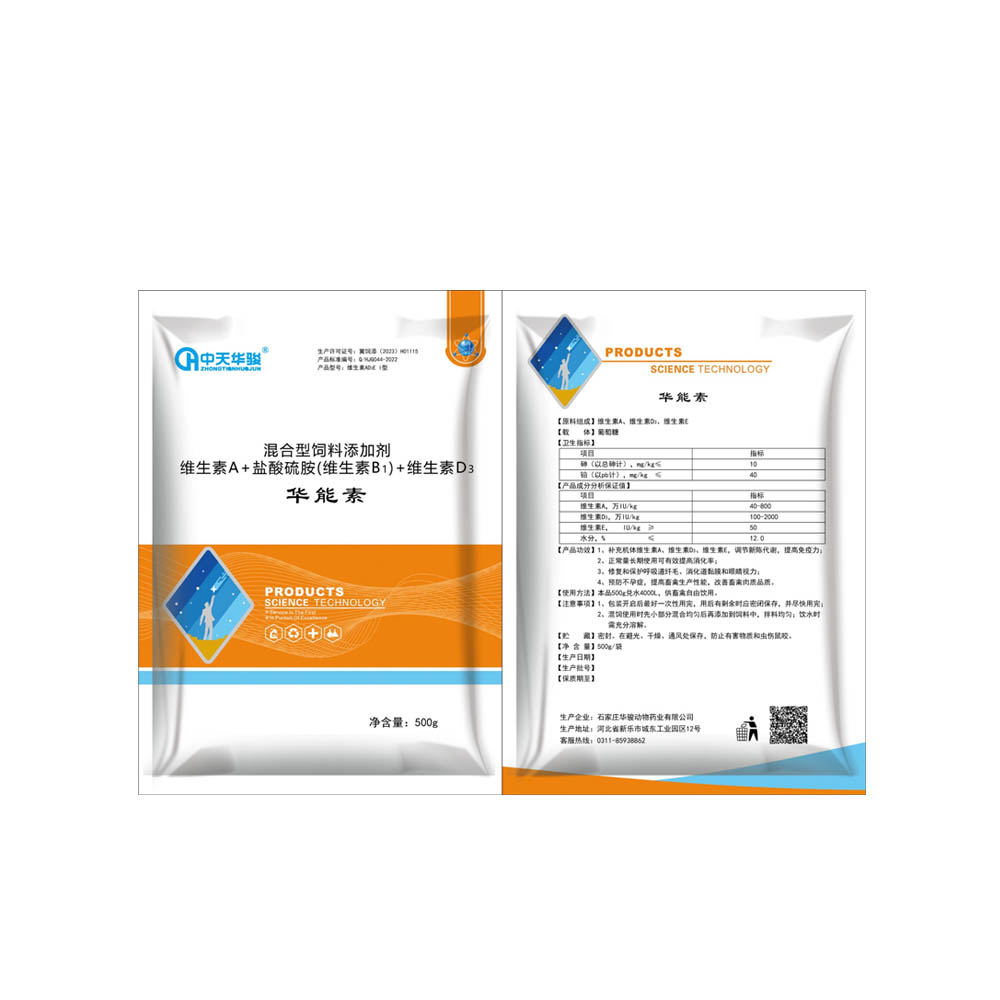
Jul . 28, 2024 12:42 Back to list
Understanding Leucocytozoonosis and its Impact on Avian Health and Management Strategies
Leucocytozoonosis Understanding a Significant Avian Disease
Leucocytozoonosis is a parasitic disease that primarily affects birds, especially poultry and wild avian species. This condition is caused by various species of Leucocytozoon, intracellular protozoan parasites that belong to the order Haemoproteida and are spread by biting midges and blackflies. The disease can lead to significant economic losses in the poultry industry and poses health risks to wild bird populations.
Causative Agent
Leucocytozoon is characterized by its life cycle, which involves both avian hosts and insect vectors. The transmission occurs when infected vectors like blackflies (Simuliidae family) feed on the blood of birds. Once inside the host, the parasites undergo several developmental stages within red blood cells and other tissues, causing the host's immune response to activate. The most commonly affected species include domesticated birds like chickens, turkeys, and ducks, as well as various wild birds.
Symptoms and Diagnosis
The clinical signs of leucocytozoonosis can vary depending on the species infected, the parasite load, and the host's immune status. Common symptoms include lethargy, anemia, jaundice, diarrhea, respiratory distress, and, in severe cases, sudden death. In poultry, infected birds may also exhibit reduced feed intake and poor weight gain, significantly impacting their productivity.
Diagnosing leucocytozoonosis typically involves examining blood smears under a microscope to identify the presence of Leucocytozoon organisms within erythrocytes. Necropsy findings may also reveal pale organs and spleens, highlighting the systemic impact of the disease on affected birds. However, early diagnosis can be challenging since symptoms may be similar to those of other infections, necessitating a thorough investigation by avian veterinarians.
leucocytozoonosis manufacturer

Prevention and Control
Preventing leucocytozoonosis involves implementing comprehensive management and biosecurity practices. One of the most effective strategies is minimizing the exposure of birds to potential vectors. This can be achieved through environmental modifications, such as reducing standing water where blackflies breed and employing physical barriers like netting or screens in poultry housing.
Vaccination for leucocytozoonosis is currently under research, but no commercially available vaccines exist at this time. Therefore, maintaining good flock health through proper nutrition, stress management, and biosecurity measures remains essential.
Additionally, monitoring and controlling the population of the dipteran vectors through the use of insect repellents and pesticides can significantly diminish the risk of transmission. Integrated pest management (IPM) strategies are recommended to achieve a balanced approach that considers environmental safety.
Conclusion
Leucocytozoonosis is a significant health concern within avian populations, particularly in commercial poultry production. Its impact on bird health, productivity, and economic factors underscores the need for continued research and effective management strategies. By adopting preventive measures, fostering awareness among avian farmers, and utilizing veterinary expertise for accurate diagnosis and treatment, it is possible to mitigate the effects of this devastating disease. As we move forward, collaboration among researchers, veterinarians, and poultry producers will be essential in combating leucocytozoonosis and safeguarding the health of both domestic and wild bird populations.
-
Premium China Bacillus Subtilis Supplier & Factory Solutions
NewsJul.30,2025
-
Premium Avermectin Supplier in China | Custom Solutions Available
NewsJul.29,2025
-
China Bacillus Subtilis Supplier - Custom Factory Solutions
NewsJul.29,2025
-
China Salivation: Leading Custom Salivation Supplier & Factory Solutions
NewsJul.29,2025
-
Leading Lincomycin Hydrochloride Manufacturer & Supplier with High Purity
NewsJul.29,2025
-
Bio-Enzyme Yogurt Growth Promoter Factory - Top Quality Manufacturer & Supplier
NewsJul.28,2025




